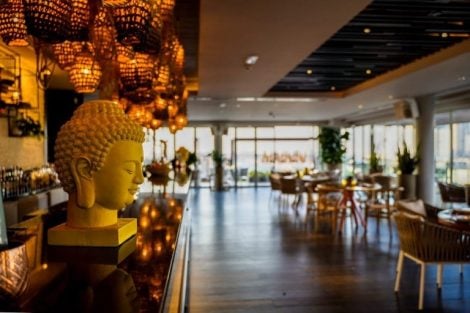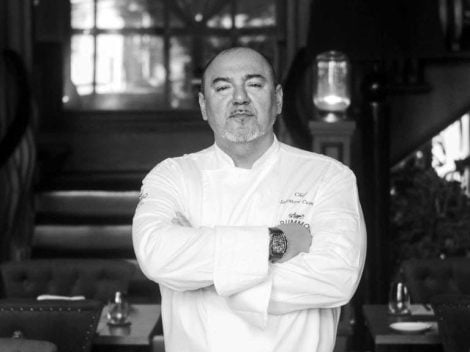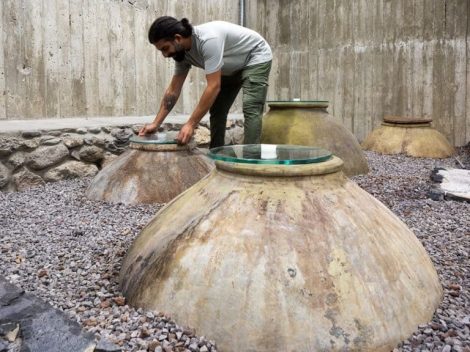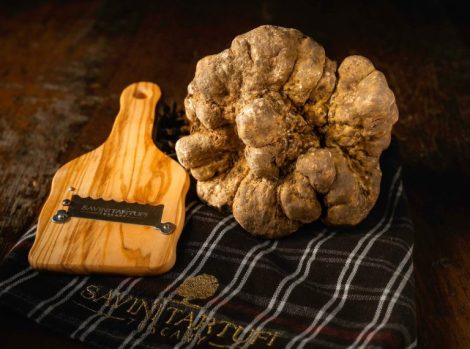Halfway between butter and cream, the delightful (and damn caloric) clotted cream is, without a shadow of a doubt, the queen of English afternoon tea: this thick and full-bodied cream obtained by indirect heating of whole milk is in fact the main component of the topping for scones, the buttery pastries sliced in half and filled with cream and strawberry jam. Nothing more British than a cup of steaming hot tea accompanied by these treats, but the tradition of afternoon tea actually includes many other dishes, including savoury cucumber sandwiches. All positioned in elegant trays and upstands, on embroidered tablecloths, silver flatware with the charm of yesteryear, hand-painted porcelain cups and a steaming teapot in the center of the beautiful table.
Origin of British afternoon tea
Even without all these rituals, even today the British are accustomed to consuming many cups of tea in a day: maybe not always at five o'clock, but the afternoon hunger-breaker is never missing in the routine of any self-respecting Brit. After all, it is with this intent that the tradition of tea was born in the Victorian age, which can still be experienced today in the famous tea rooms in England and beyond. At the time of Queen Victoria, dinner at court was served around eight in the evening, many hours after lunch, which was generally not very substantial: the Duchess of Bedford Anna Russell, one of the Queen's ladies-in-waiting, between four and five o'clock in the afternoon thus began to feel a "strange sensation."
Afternoon tea at court
Her "ill feeling" led her to have a cup of tea and some buttered slices of bread secretly brought to her room, but this little secret snack soon became a common habit even with her friends. The Duchess, in fact, soon got into the habit of inviting other nobles to Belvoir Castle, in the county of Leicestershire, and offering snacks: small cakes, bread and butter, pastries and of course lots of tea. Once back at the palace in London, she continued this ritual, calling her friends together with a written invitation for "tea and a walk in the meadows." It did not take long for this tasty custom of conviviality to spread to the other ladies of the time.
Victoria sponge, a cake honouring the Queen
It was Queen Victoria herself who supported the introduction of this new snack, thus launching the fashion of afternoon tea, a joyful appointment to attend well dressed and eating seated around tables laden with food and attention to detail. The Queen was in fact known for being a true gourmand, a lover of good food and strong, authentic flavours, not always typical of noble courts: among her great passions, for example, beer and bratwurst, the unwavering German pairing, and among the most iconic street foods, always sold at popular prices. No wonder, therefore, that the most famous of the typical afternoon tea cakes was invented by her and therefore named in her honour: Victoria sponge, a sponge cake filled with fresh cream, jam and strawberries, the dessert that still today most represents the British gastronomic culture.
English tea rooms
To relive the charm of afternoon tea prepared like in the past, just go to one of the many tea rooms in Britain, starting with Fortnum and Mason, a delightful food mecca whose history goes hand in hand with that of the United Kingdom, and which in the in recent years has also opened a restaurant in London. Sitting in the beautifully furnished rooms patrons can dip in a past that has never really ended: dishes and traditions are the same as ever, inherited from the Victorian era, a very long period that has left indelible marks in the British culture, from a moral point of view but also gastronomic. Unmissable, therefore, are scones, Victoria sponge but also Battenberg cake, a colourful checkered sponge cake covered with marzipan, according to the legend born by the will of Queen Victoria's niece, married to Prince Louis of Battenberg.
Sandwiches: savoury afternoon tea foods
Fundamental for a good English-style tea are finger sandwiches. It was John Montagu, fourth Earl of Sandwich, who was the first to have his dinner (roast beef) served between two slices of buttered bread, in the second half of the 18th century. Today, finger sandwiches are cut into rectangular strips and are usually filled with butter and cucumbers, cream cheese and smoked salmon, mustard and ham, or coronation chicken (cold chicken salad topped with a dressing made with mayonnaise, herbs and spices) prepared for the first time for the coronation of Queen Elizabeth II in 1953. There are also biscuits and pastries, but above all the classic teacakes, soft leavened cakes studded with raisins and very similar to hot cross buns normally prepared for Easter, served lightly toasted, cut in half and spread with butter. Although tea remains the main beverage, many hotels and tea rooms also offer Champagne, for a minimalist version, consisting only of tea and scones, instead of cream tea.
by Michela Becchi

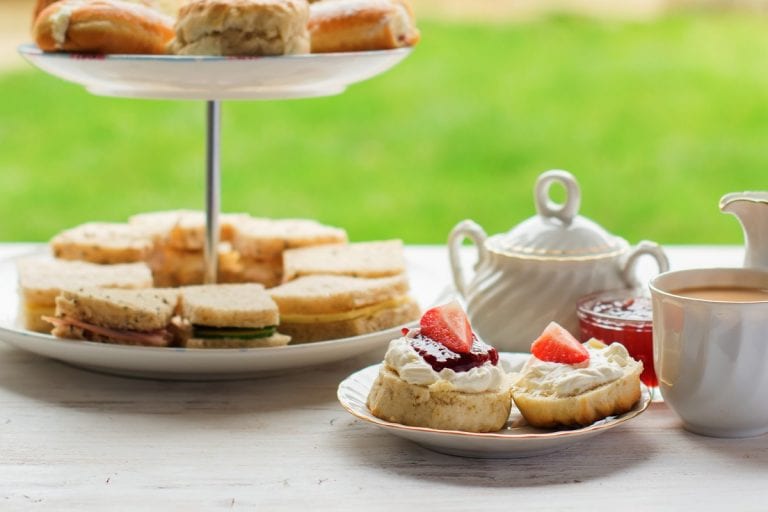
 Dubai speaks Italian: a journey through the Emirate's best Italian restaurants
Dubai speaks Italian: a journey through the Emirate's best Italian restaurants In France, over a thousand winegrowers have decided to abandon wine production
In France, over a thousand winegrowers have decided to abandon wine production In Miami, a Restaurant Hired a Pair of Grandparents to Hand-Make Tortellini: The Story of Torno Subito
In Miami, a Restaurant Hired a Pair of Grandparents to Hand-Make Tortellini: The Story of Torno Subito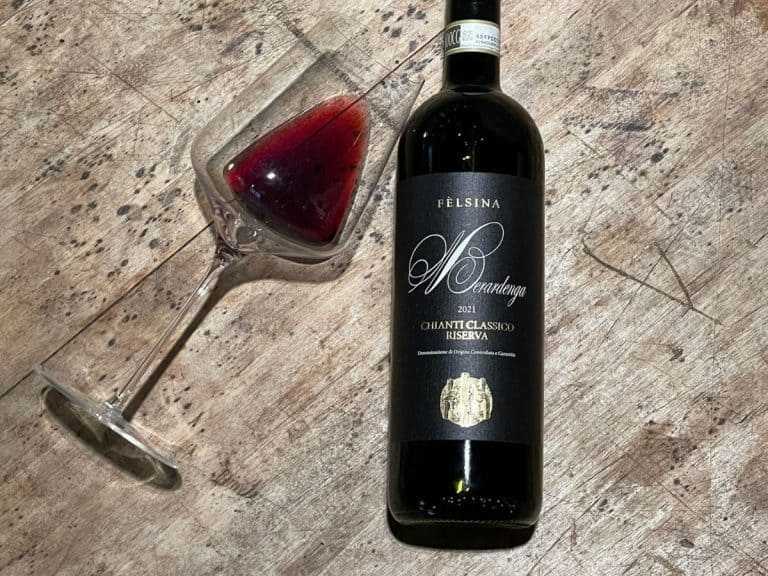 Wine Spectator’s Tuscan focus: All the Italian labels featured in the Top 100
Wine Spectator’s Tuscan focus: All the Italian labels featured in the Top 100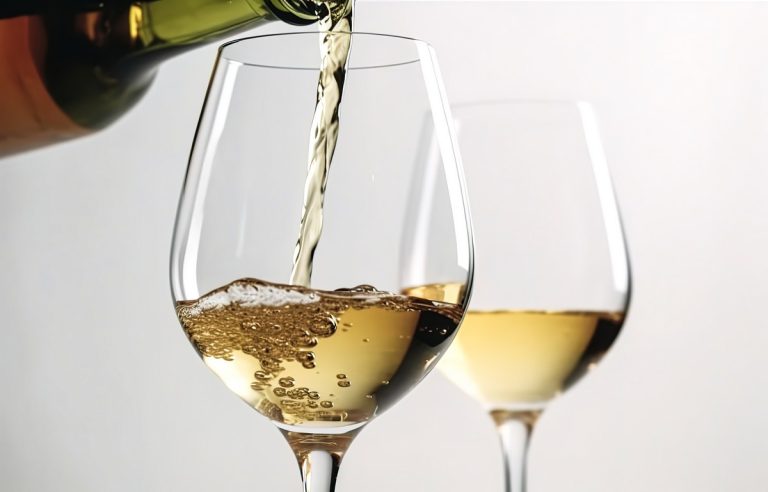 The 8 best Soave wines chosen by Gambero Rosso (with a brand-new entry in the Tre Bicchieri club)
The 8 best Soave wines chosen by Gambero Rosso (with a brand-new entry in the Tre Bicchieri club)